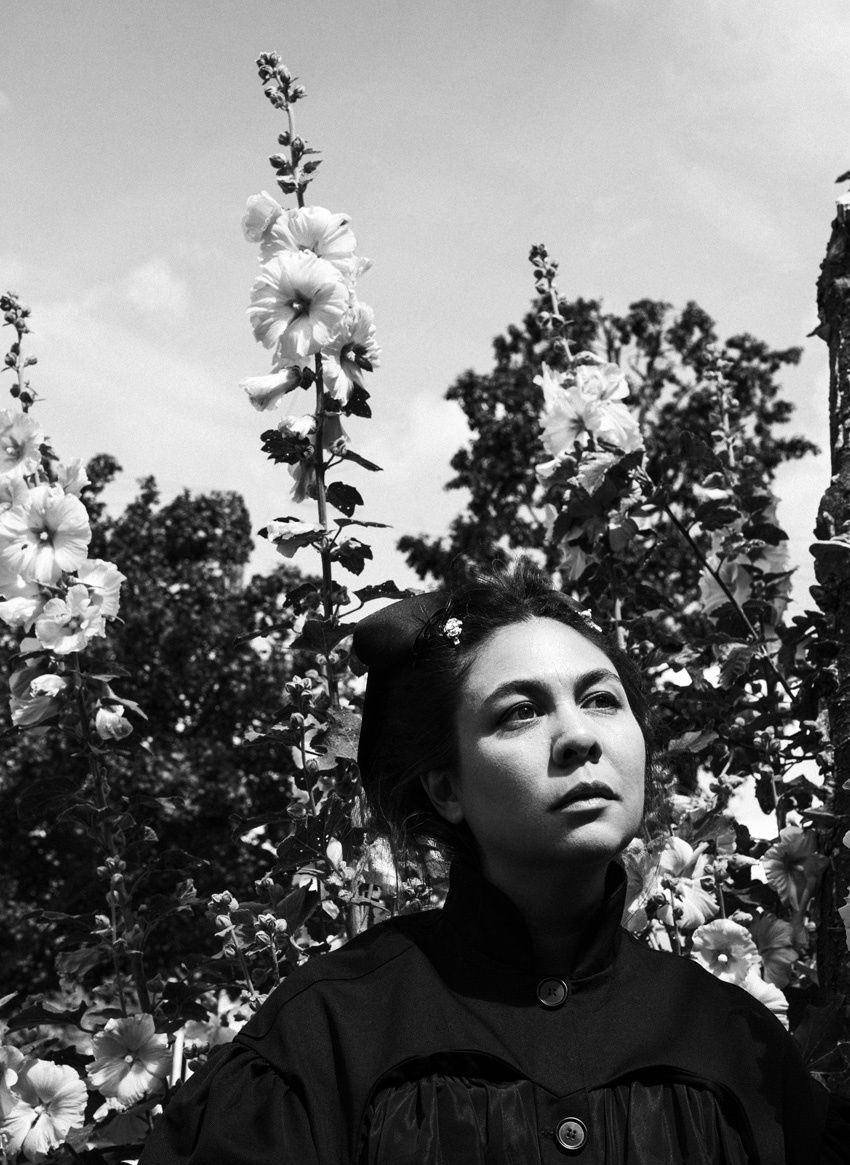The Blossom Issue
Fourteen years after her first show, Simone Rocha continues to redefine the pinnacle of her career. Just in the past year, the designer made her debut as a curator, introduced menswear, and collaborated with Jean Paul Gaultier for her first Haute Couture collection. In an interview with Vogue Portugal, Rocha reflects on femininity, her path, and how she keeps her creativity flourishing.
"My vision has always been a part of who I am," Simone Rocha discusses the visual language that comes so naturally to her. "I've always thought of fashion as a sensitive balance maintained by emotion." The designer's deep introspection is apparent in her collections. Somewhere between the mystical and the ethereal, her creations are complex representations of femininity. It was through her aesthetic, which replaces the sweetness of the superficial with the vulnerability of the delicate, that Rocha conquered her corner of the industry. Her language, not only idiosyncratic but also adaptable, has been translated countless times. From her collaborations with high street brands to her recent Haute Couture collection with Jean Paul Gaultier, the designer is one of the most important names in British fashion.
Known for its delicate bows and transparencies, Rocha's pieces are the subject of endless recreations. Just a glance at any social media platform, and the impact of her design is obvious. On Instagram and TikTok, her influence is felt in the wildly popular #coquette trend, which, on both platforms, has been used more than 3 million times. The word, which originates from the French term for an ancestral pick-me (i.e., a woman who lives off male attention), is now used to describe a delicately feminine aesthetic. But long before the insult became an adjective for any look with pink ribbons, Rocha was already putting bows in unexpected places. When the Irish designer began her career, the fashion industry was a different playing field.
Daughter of designer John Rocha, Simone followed in her father's footsteps. Although the talk of nepotism is terrifying to most, the designer is not embarrassed by trivial matters. "I grew up going to his studio; there's no way it hasn't inspired my career." Rocha admits that it wasn't just childish inspiration; her father's presence in her visual language is something she honors seasonally. "I'm always inspired by his work... by his legacy."
From a childhood spent hovering in her father's studio, Rocha left the nest to study at the prestigious Central Saint Martins. The college, famous for producing the likes of John Galliano and Alexander McQueen, gave her the first opportunity to produce a complete collection. As part of her master's degree, the designer took her first steps in the industry under the tutelage of Louise Wilson, the professor responsible for creating the biggest names in British fashion. Her pieces, although absent from the records of the presentation, caught the eye of those that mattered. After the show, Lulu Kennedy, the founder of Fashion East, an initiative that supports emerging talent, contacted her to be part of her program. The rest is history. Collaborations with H&M and Topshop (R.I.P.), several stores around the world, consecutive successful collections - her career has been on an upward trajectory since graduation. But throughout her fourteen-year career, one question remains: how does Rocha keep her creative breath? "The secret to preserving creativity is to stay out of your comfort zone." The designer bases her answer on her professional experiences over the last 365 days. "The projects I've been lucky enough to take part in this past year have been extremely exciting. From the opportunity I had to create Haute Couture for the first time to the chance to exhibit at the MoMu in Antwerp." That seems to be the common thread of her career: the certainty with which she takes each step is based on her passion. "My creativity is fueled by enthusiasm."
The euphoria she alludes to is not just related to her career; it is part of her design philosophy. Rocha starts each collection with a narrative. "My fashion shows are always inspired by something. Whether it's a tradition, fable, historical period, my country, or even my family." The designer tells the stories she knows: "Growing up in Ireland, folklore was all around me." It is from this popular culture that Rocha's recognizable aesthetic is born. Her use of folklore is not superficial. It's not a thematic excuse to absolve a lack of creative direction or to market a collection. It's a point of view that the designer shares through the medium of fashion. Rocha adds that her points of reference are small tributes, expressions of the longing she feels for her home. "It's listening to the sound of the Irish waves that I feel most at home; when I moved to London, I felt removed from that world. The research I do for each collection is a way of staying connected."
By exploring Irish folklore, Rocha deepens the complexity of her aesthetic. Her femininity is not futile, superficial, or exploitative. Instead, the vulnerability of her pieces is anchored in her culture. Although the use of Irish folklore is sometimes subtle, it is omnipresent in her collections. Her last three collections were conceived as a triptych that "explores fashion that is preserved through ceremonies." This triad began with her spring/summer 2024 collection, entitled "The Dress Rehearsal". In it, Rocha subverted the wedding ritual by focusing on the moment that precedes it. The bridal bouquet was tampered with, positioned behind transparent dresses. The wedding cake went from inedible to wearable, deliciously filled with frills, bows, and floral embroidery.
"The Procession" followed it. The collection marked not only the second part of her triptych but also the first Haute Couture collection produced by Rocha in collaboration with Jean Paul Gaultier. Since 2021, the iconic French designer has invited different names from the industry to work alongside his atelier to produce a collection that is the child of unlikely marriages. Simone Rocha is the sixth guest. The Irish designer's dramatic femininity collided with Gaultier's intimidating sensuality. Although Rocha has admitted in the past that she doesn't like to be inspired by other designers, feeling that the temptation to copy is hard to resist, she notes that this experience was the exception to her rule. "This case is different. I wanted to pay homage to Gaultier's symbols and codes." This is, after all, the challenge set by the legendary designer. "It was magical to be able to look at his archives and integrate them into my world.
Rocha wasn’t intimidated by the French designer's historical heritage. She took the bull by the horns, or rather the bra by the cones, and reinterpreted four of the brand's most iconic codes - corsets, nautical references, tattoo patterns, and the cone bra. The classic stripes became fluid and, as if by magic, extended beyond the limits of a transparent top, curling at the ends. Exaggerated panniers are visible under delicate tulle. The famous cone bra is subverted, no longer the highlight on dresses ruched from neckline to hem.
The pleasure Rocha derived from the collection is obvious. Pieces such as a top composed entirely of metallic petals illustrate the obvious delight the Irish designer took in working with Gaultier's atelier. "Couture has a freedom of creation and an idiosyncratic attention to detail that inspired me." Rocha softened Gaultier's aesthetic, leading a solemn procession in honor of his legacy. Jean Paul Gaultier and John Rocha were just two in the crowd who rose to give the collection a standing ovation.
"I think [working in Haute Couture] has helped me to be more sensitive to the body; I'm more receptive to the female figure and the identity of each piece I create." The designer confesses that the days (and nights) she spent with Gaultier's atelier changed her professional philosophy. Used to the fast pace of ready-to-wear, Rocha had the opportunity to think about each piece carefully. This increased sensitivity can be seen in her fall/winter 2024 collection, the end of her triptych. "The Wake" is based on Queen Victoria's 40-year mourning period. The monarchical inspiration is as clear as the color palette is dark. In a collection dedicated to the funeral ceremony, the transparencies have a melancholic aura, as if exposing the skin to sorrow. The popular bows take on gigantic proportions (good luck trying to replicate these at home). It wasn't just her working philosophy that changed after she collaborated with Jean Paul Gaultier: corsets made a comeback in the collection of her eponymous brand. This is hardly surprising, given that Rocha confessed to researching the three collections in her triptych simultaneously.
Now that her triptych is over, what can we expect from the designer? Rocha doesn't reveal her next move, choosing to keep her cards close to her chest. But she doesn't need to tell us much. Looking back over the last fourteen years, it's obvious - Rocha's evolution is inevitable. Throughout her career, it's not just her aesthetic language that has evolved; the then-young designer has grown as a person. "I think events, like having my daughters, have changed my perspective, not only on femininity but also on time." Even in an industry infamous for the risk of burnout, we don't have to worry about the designer's creativity. After all, those who run for pleasure never tire. "My greatest wish is to be able to continue making beautiful clothes that arouse emotions." The flower of creativity is safe among Rocha’s superb ruffles and elaborate bows.
Translated from the original in The Blossom Issue, from march 2024. Full credits and stories in the print issue.
Most popular
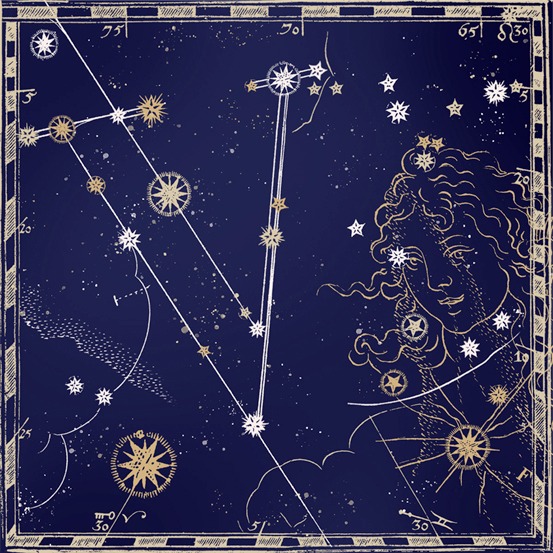
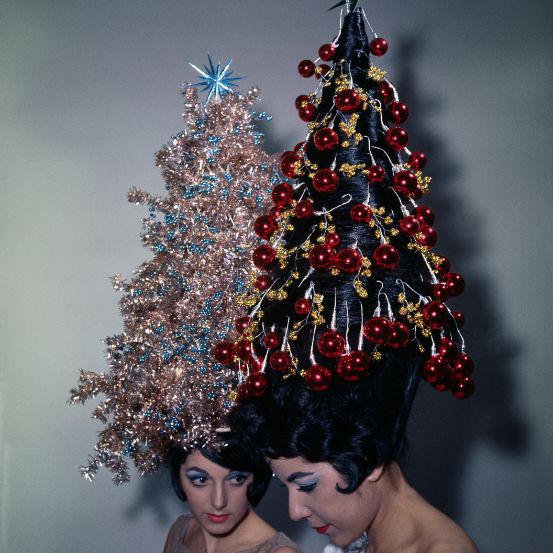
Relacionados
.jpg)
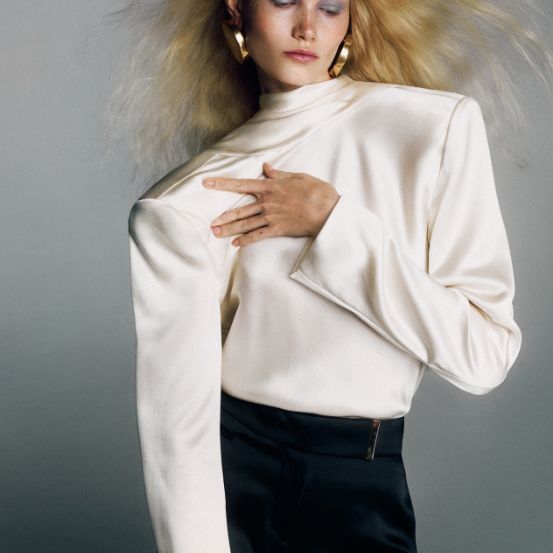
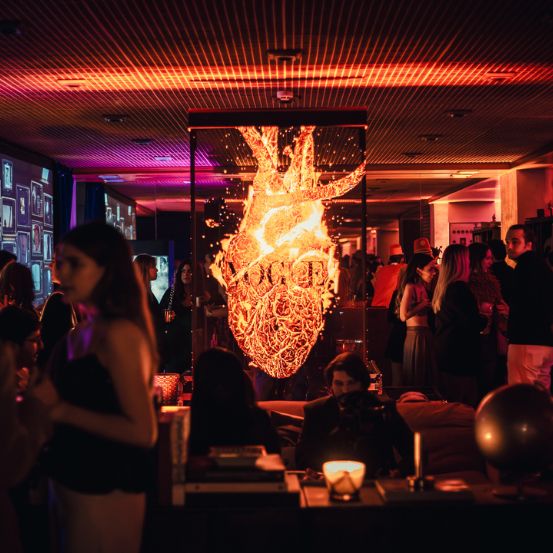
LightHouse Publishing x Street Smash Burgers: uma noite no escritório da Vogue Portugal
19 Dec 2025
 (14).png)


